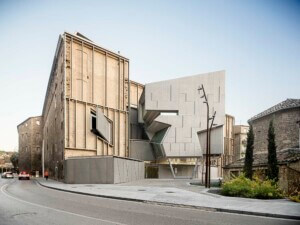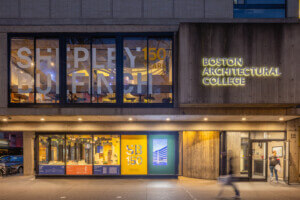In recent years, the amount of developable land area for research laboratories in Boston and Cambridge has been shrinking, fast. Today, the city of Watertown just north of Cambridge is set to realize its largest ever architectural project to date with SGA’s forthcoming Arsenal on the Charles, a new 1.2 million-square-foot life sciences campus on the bank of the Charles River.
SGA, with offices in Boston and New York, specializes in highly sustainable life science buildings and campuses. The Arsenal on the Charles will be built on top of a former military production center in the blue-collar city of Watertown. The campus will adaptively reuse the existing brick building on site and feature three new buildings designed by SGA: 500 North Beacon Street, 4 Kingsbury Avenue, and West Garage; each targeted for LEED Gold and Fitwel certifications.
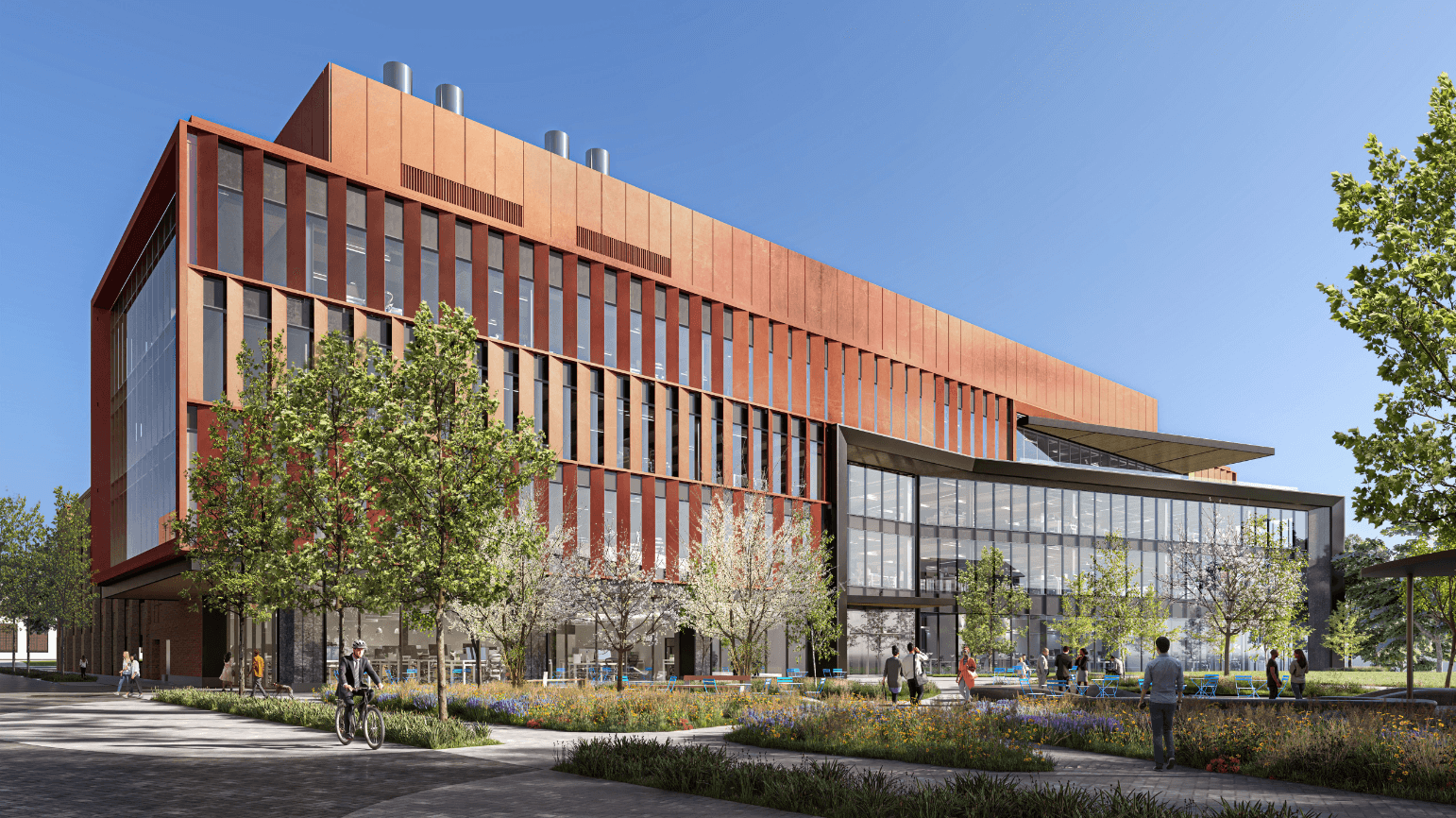
At 500 North Beacon Street, a new 4-story office and research lab will be clad in vertical copper fins and glass according to the architects. SGA claims the design “celebrates the rich history of the campus while injecting the site with a contemporary aesthetic.”
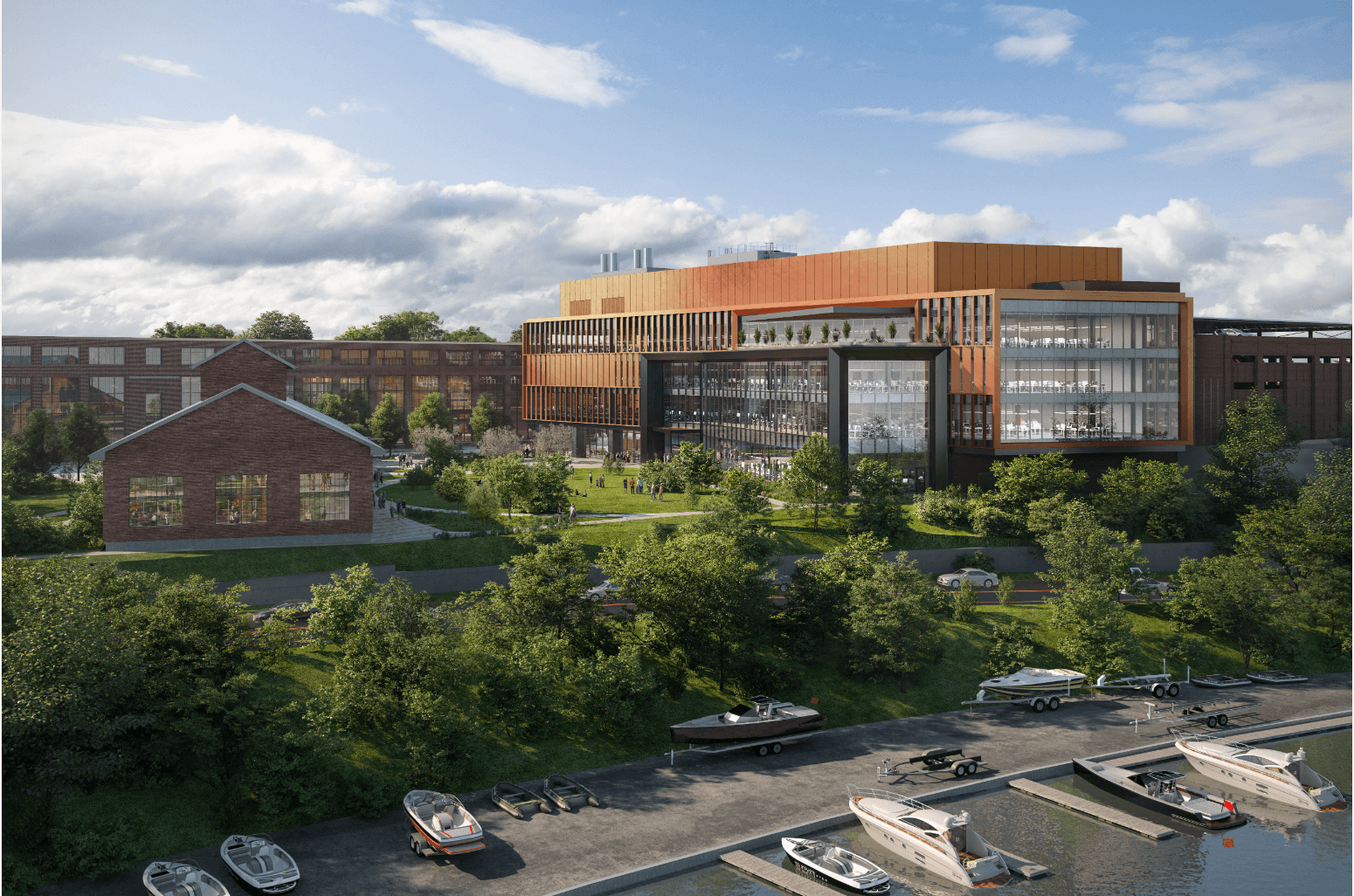
4 Kingsbury Avenue will function as a gateway to the campus which ties into the existing historical brick factory building on site. SGA claims that 4 Kingsbury Avenue was “designed to feel light and encourage transparency.” Brick on its lower floors pulls from the historic, former military buildings on site.
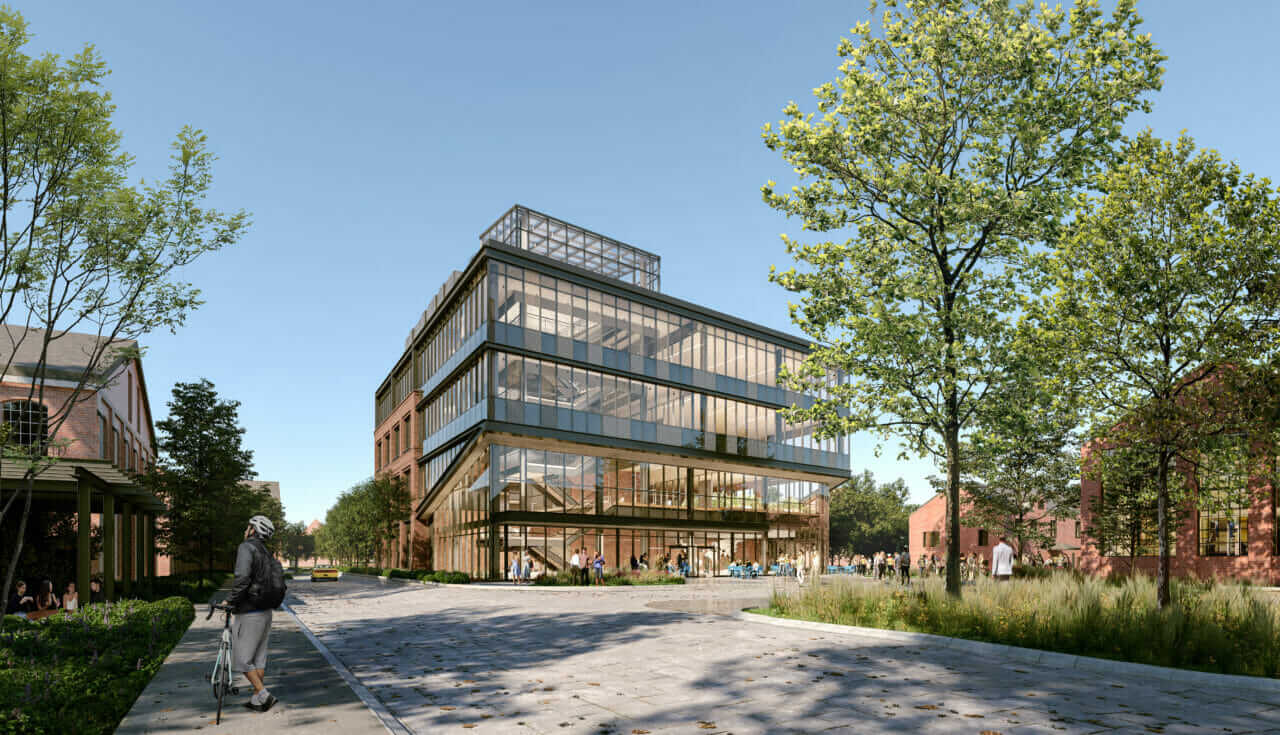
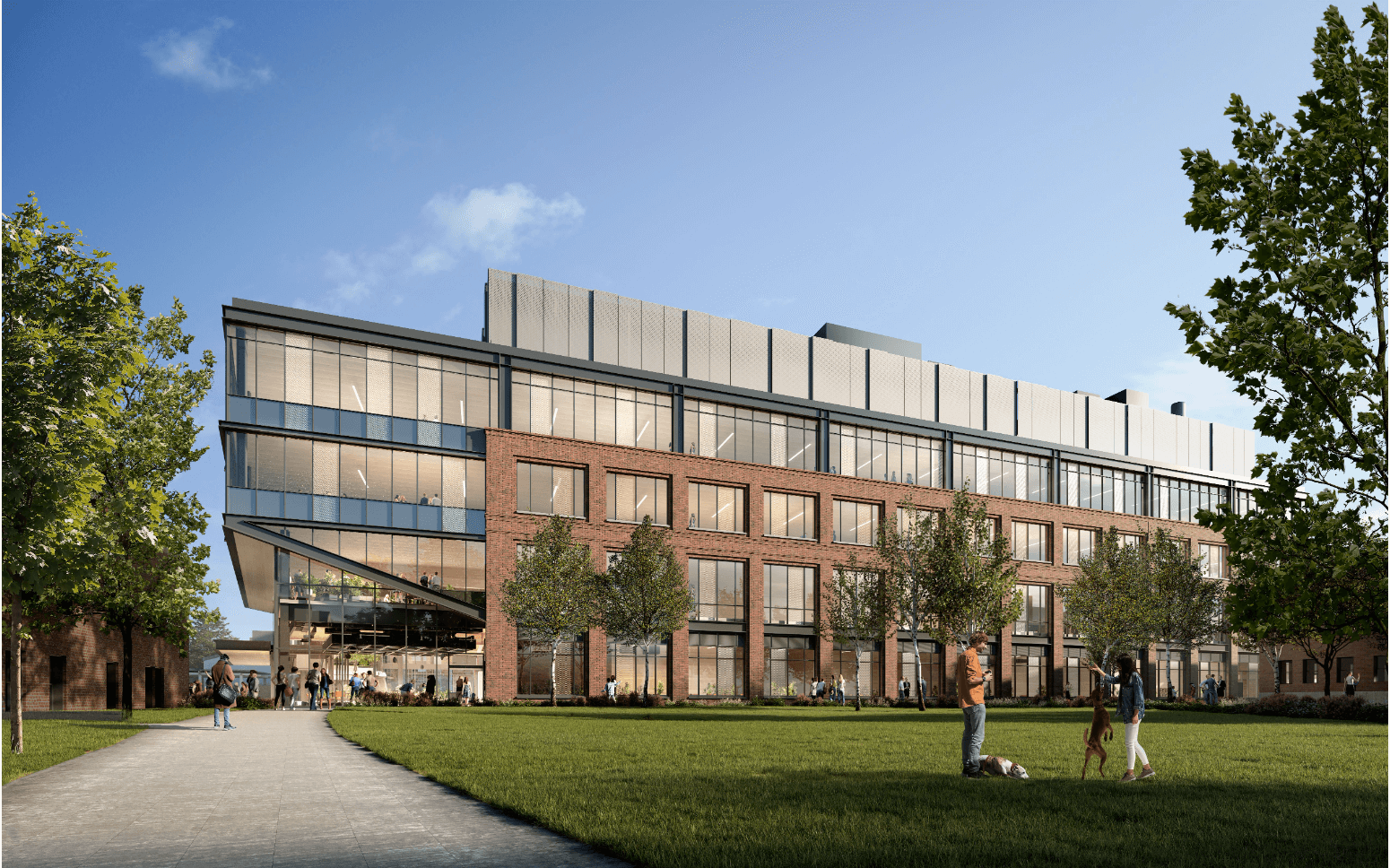
West Garage will be a net zero, 6,000-square-foot pavilion connected to an existing parking facility, fitted by a “visible wood-clad steel structure” contextually designed for the site’s industrial history, a press release stated. West Garage will abut the Alexandria Center for Life Science whose facade will incorporate a perforated aluminum mesh canopy that doubles as an open rain screen, SGA said.
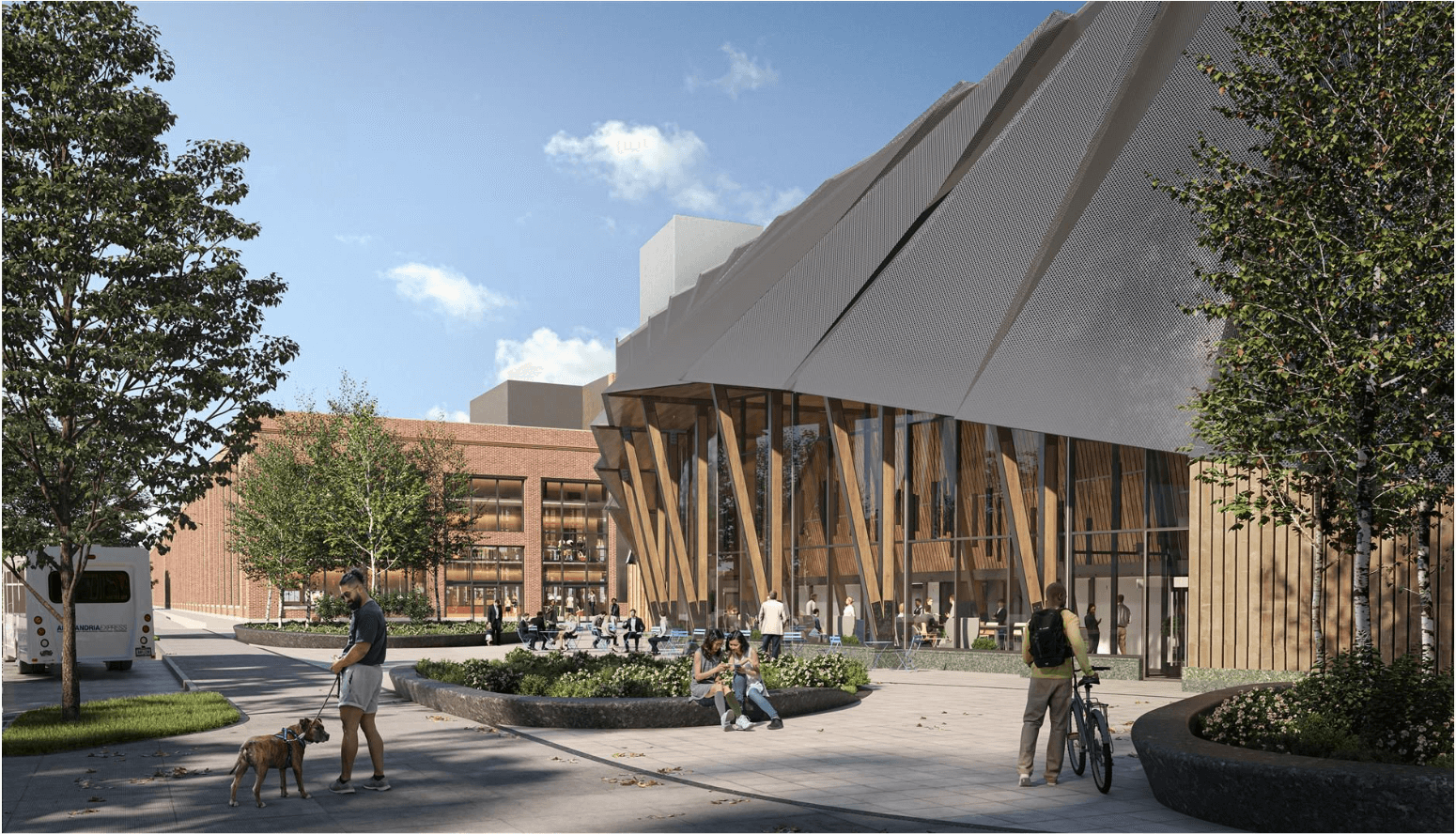
The Arsenal on the Charles adds to SGA’s existing track record of building lab spaces such as LINX and 250 Arsenal Place. Branded as “Watertown’s premier innovation campus,” the complex will have five shuttle lines between it and key transit points; two of those will be Harvard Square and Central Station on the T’s Red Line. The campus offers a childcare center, a green space, community gardens, and an amenities hub slated for mixed programming.








